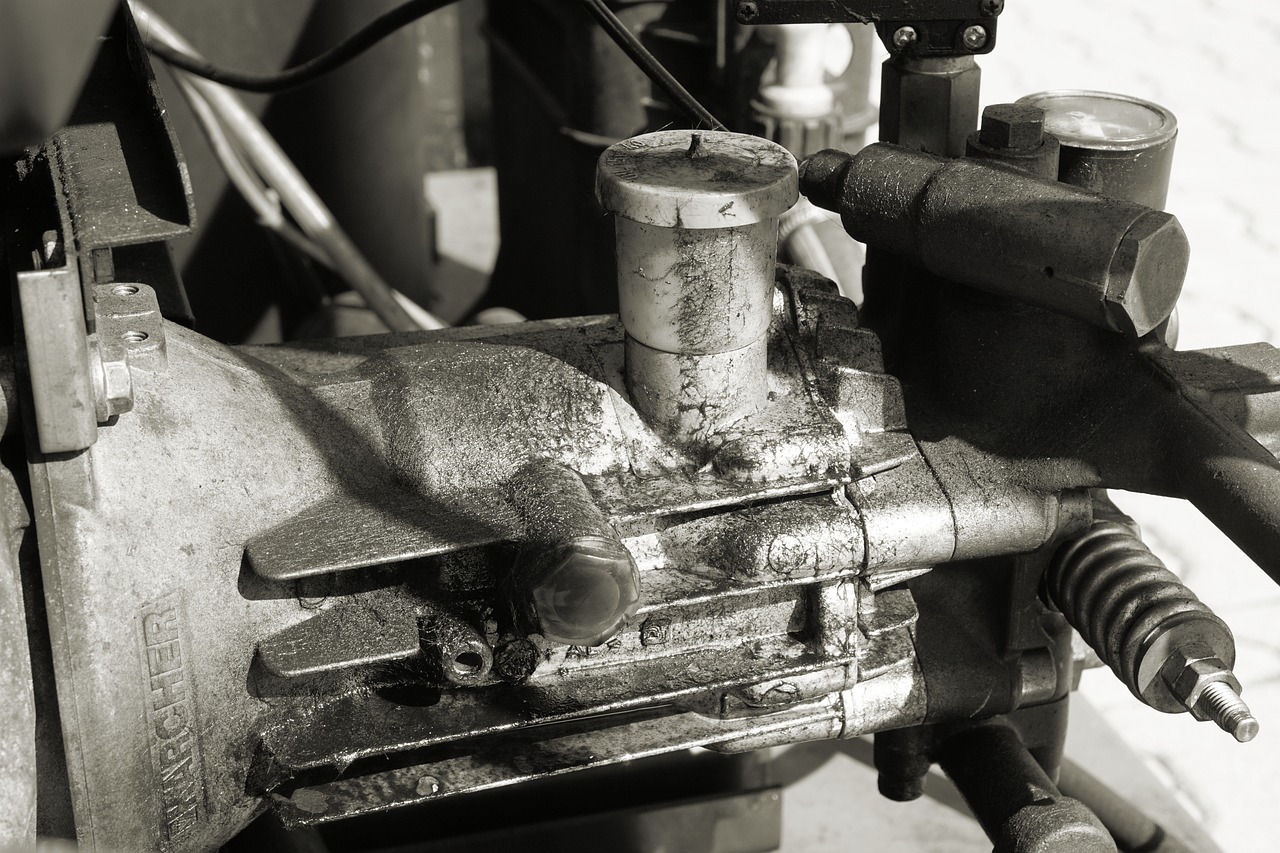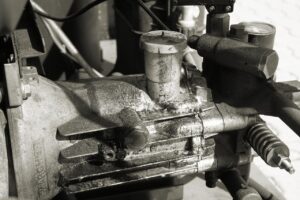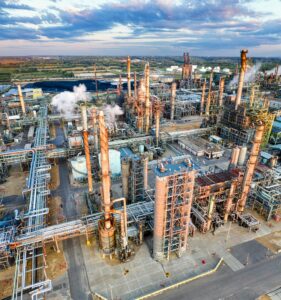Rotating equipment plays a crucial role in the oil and gas industry, as it encompasses a wide variety of machinery used in the extraction, production, and transportation of oil and natural gas. These machines are designed to convert energy from one form to another, typically mechanical energy, to support various industrial processes. The term “rotating equipment” refers to any machine or component that has a rotating element, such as turbines, compressors, pumps, and motors.
Key Types of Rotating Equipment
- Pumps: Pumps are used to move liquids, such as crude oil or water, through pipelines or processing facilities. There are different types of pumps, including centrifugal, diaphragm, and screw pumps. These devices are essential in upstream and downstream operations, ensuring the constant flow of fluids.
- Compressors: Compressors are widely used to increase the pressure of gases. They are fundamental in transporting natural gas through pipelines and in the liquefaction of natural gas (LNG). There are various types of compressors, including reciprocating, centrifugal, and screw compressors, each suited to different operational needs.
- Turbines: Turbines convert energy from fluids (gas, steam, or water) into mechanical energy. In the oil and gas sector, turbines are frequently employed for power generation and to drive compressors or pumps. Gas turbines, in particular, are used for offshore platforms and other high-demand applications where efficiency and power are essential.
- Motors: Motors are used to drive a variety of rotating equipment, including pumps, compressors, and fans. They are typically electric or diesel-powered and must be reliable to prevent downtime in critical operations.
Challenges and Maintenance
The operation of rotating equipment in the oil and gas industry is often challenging due to the harsh and demanding environments in which these machines operate. Offshore oil rigs, for instance, expose equipment to extreme temperatures, corrosive seawater, and high vibrations. Such conditions can accelerate wear and tear, making regular maintenance and monitoring essential.
Vibration analysis, lubrication management, and condition-based monitoring are among the most commonly used practices to ensure the reliability of rotating equipment. Predictive maintenance is another key strategy, using advanced sensors and data analytics to foresee potential failures before they occur. This approach helps reduce downtime and optimize the lifespan of equipment.
Conclusion
Rotating equipment is integral to the oil and gas industry, enabling the smooth operation of extraction, processing, and transportation of oil and gas. Despite the operational challenges, with proper maintenance and technological advancements, the efficiency and reliability of these machines can be greatly improved. As the industry continues to evolve, rotating equipment will remain at the heart of its operations, driving innovation and supporting sustainable energy solutions.










